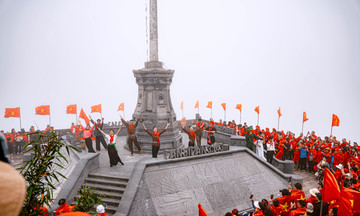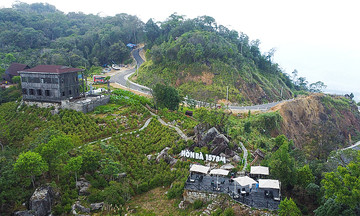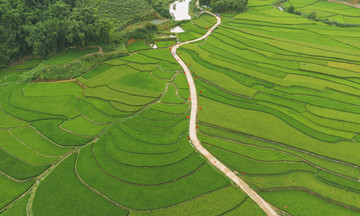Originally built in 1957 to serve the coal industry, the railway line fell into disuse after the industry declined. Local residents then formed the "Akamura Train Association", relaid the tracks, and now operate the train as a unique travel experience.
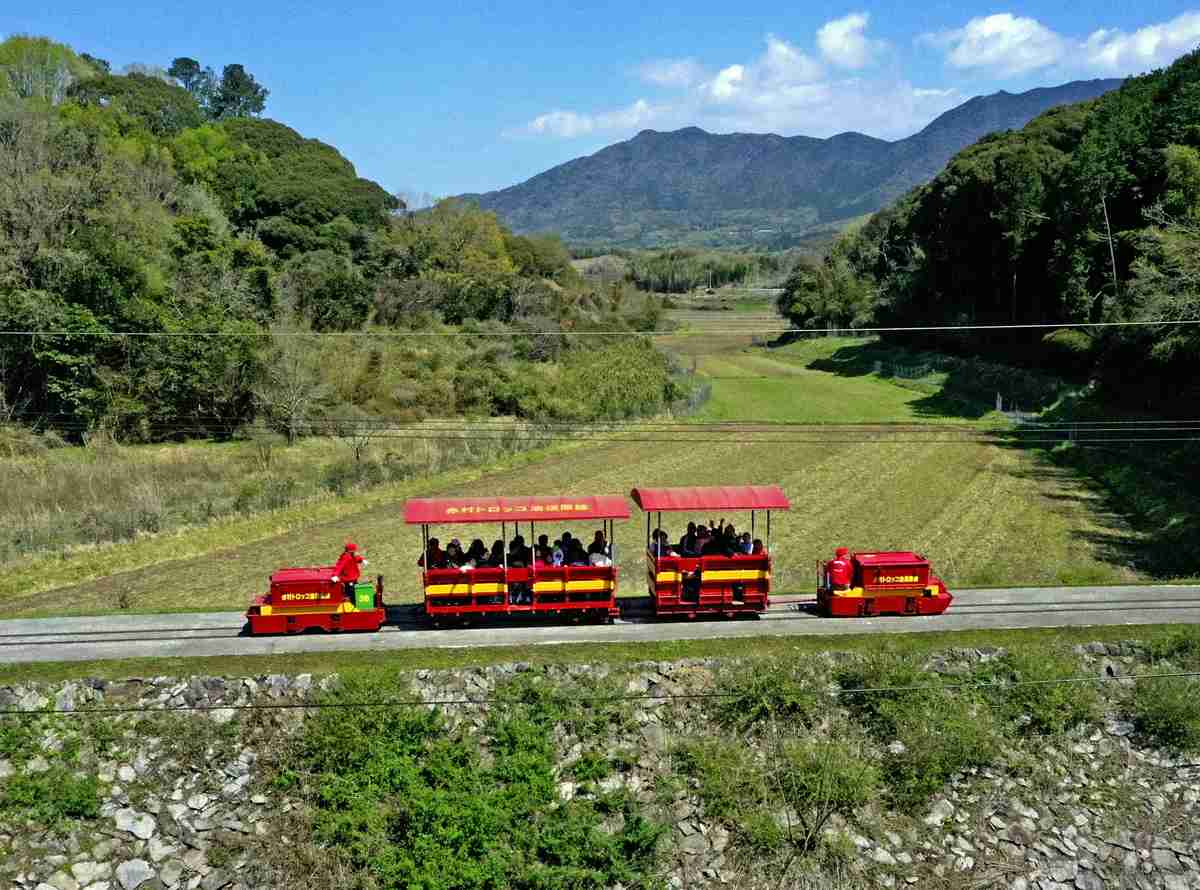 |
The train passes through the scenic landscapes of Fukuoka Prefecture. Photo: The Yomiuri Shimbun |
The train passes through the scenic landscapes of Fukuoka Prefecture. Photo: The Yomiuri Shimbun
The train's red paint is a nod to the village of Akamura, which translates to "Red Village" in Japanese. This color not only holds local significance but also increases the train's visibility as it travels through mountainous, forested areas, especially in low-light conditions like tunnels or cloudy days. The choice of red was a community decision, preserving a piece of the railway's cultural heritage.
The train makes a 1.8 km round trip from Aka Station on the Heisei Chikuho Railway Line to the border of the neighboring town. The journey takes approximately 20 minutes.
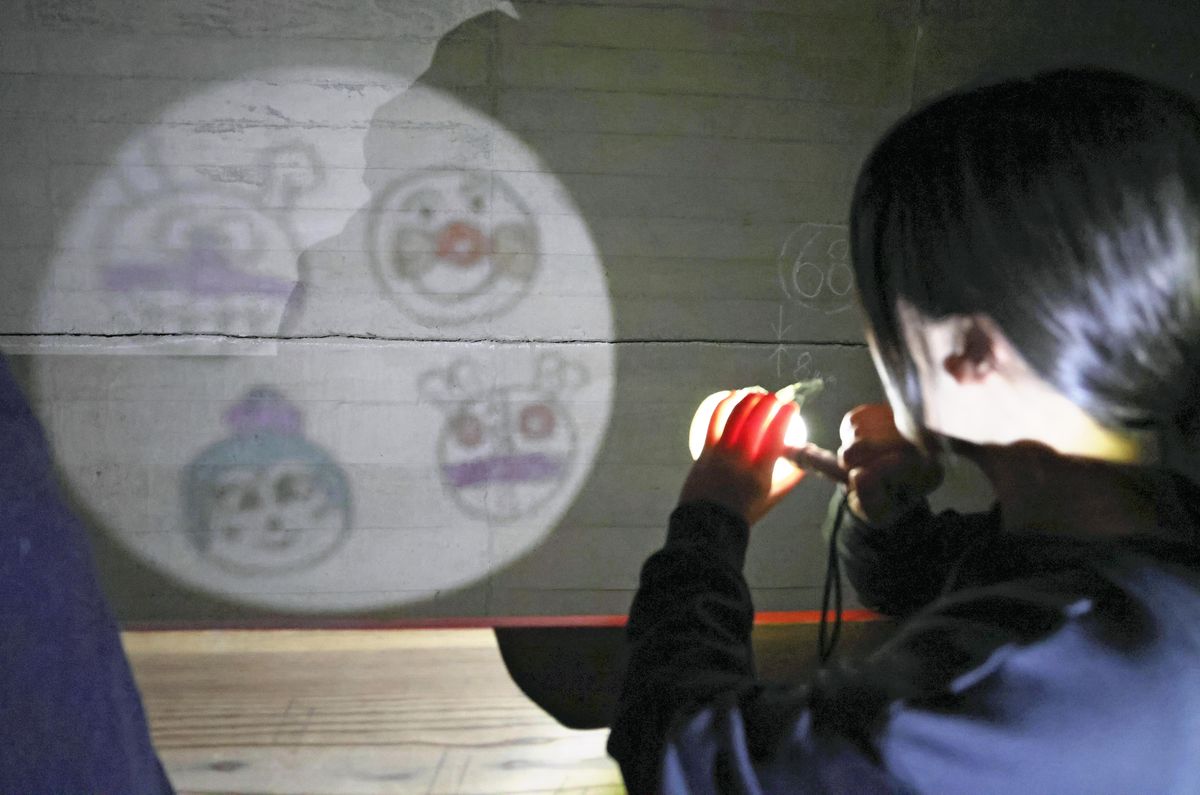 |
Passengers can project their drawings onto the tunnel walls as the train passes. Photo: The Yomiuri Shimbun |
Passengers can project their drawings onto the tunnel walls as the train passes. Photo: The Yomiuri Shimbun
During the trip, the train passes through tunnels and gently sways, creating a novel experience for passengers. They can use flashlights to project their own drawings onto the tunnel walls as the train goes by, an activity particularly popular with children. Tickets cost 600 JPY (approximately 110,000 VND) for adults and 300 JPY (approximately 60,000 VND) for children. The train operates until the end of November this year.
Akamura is located in the Chikuho area, the heart of Fukuoka Prefecture, a former coal mining center. Now sparsely populated, many of its old infrastructures have been repurposed for community-based tourism.
Tuan Anh (The Japan News, Fukuoka Now)



